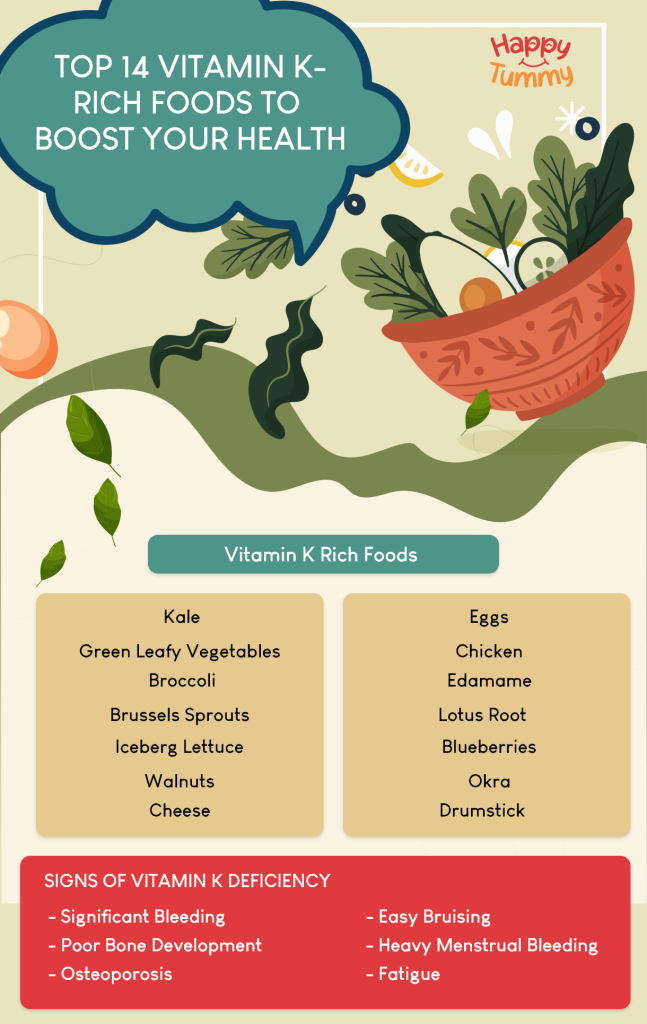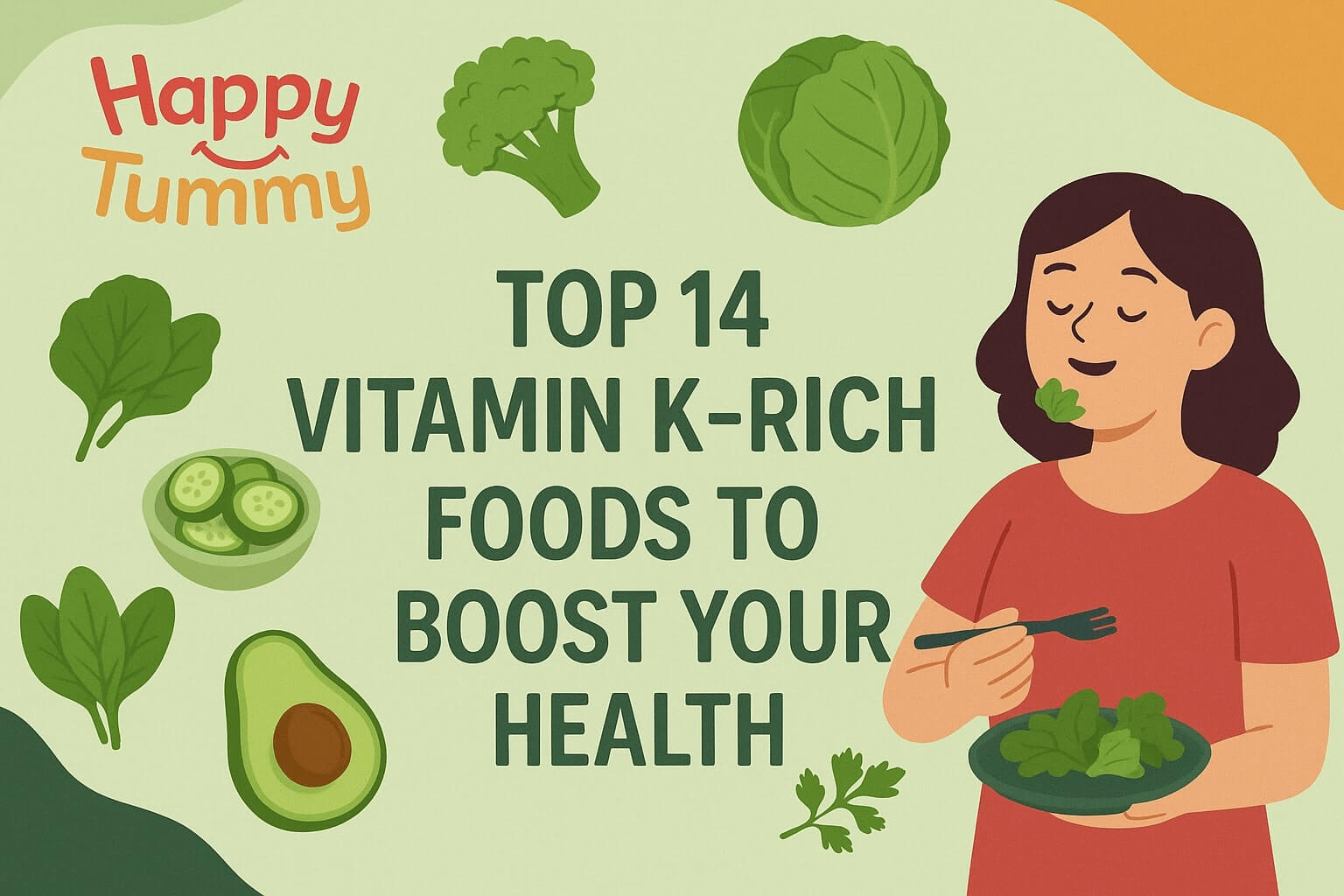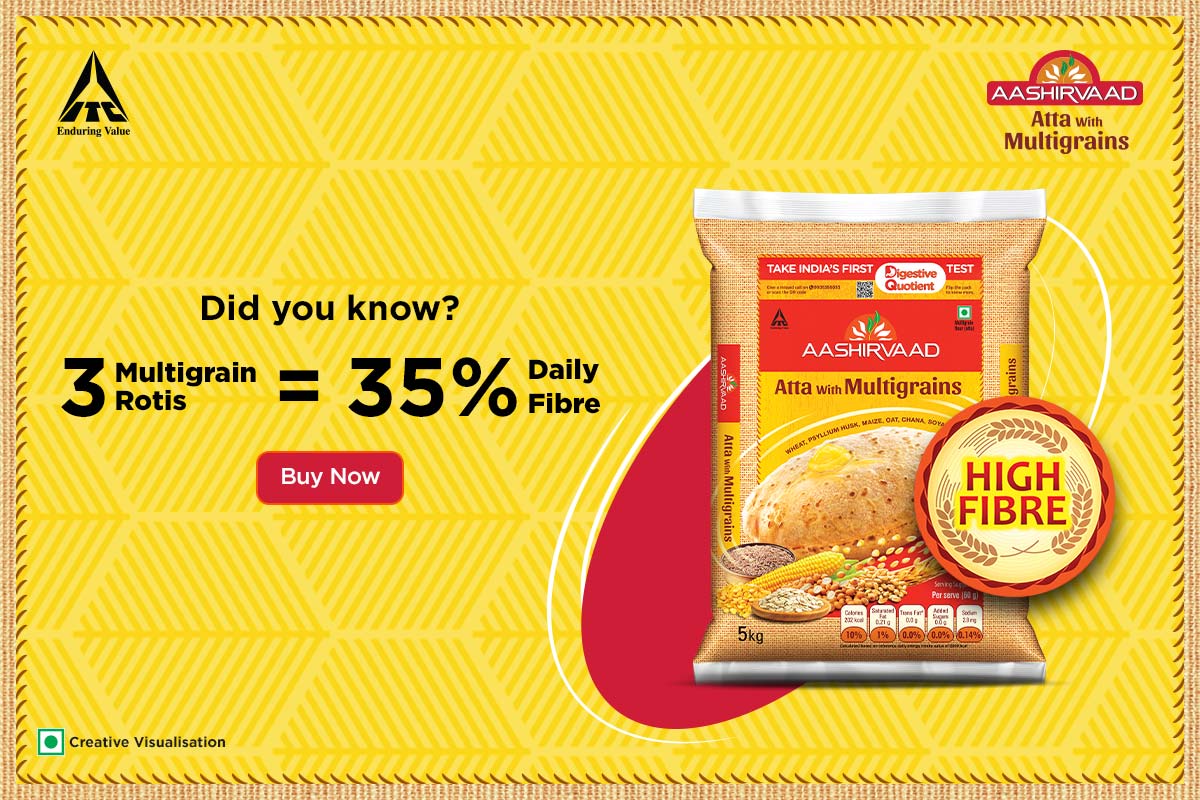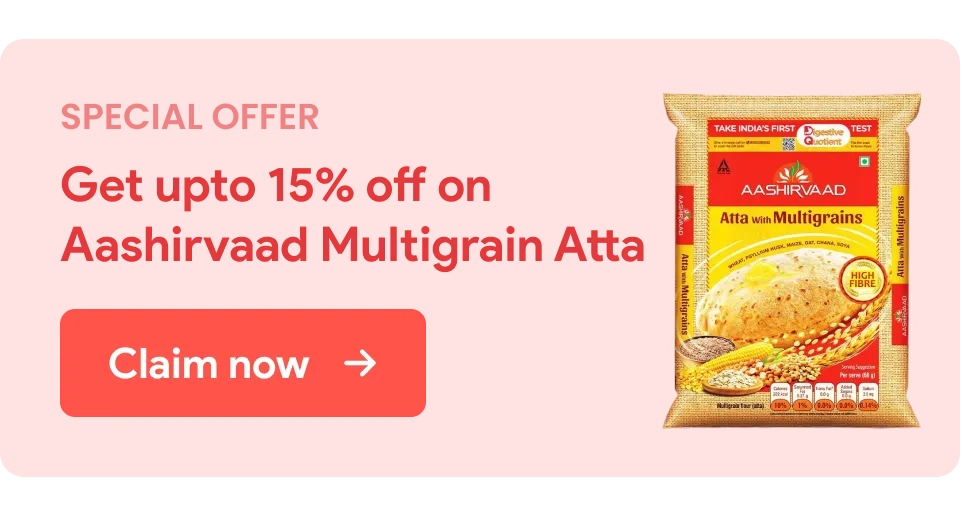Table of Contents
Although often overlooked, Vitamin K is an essential nutrient that is readily available in a wide range of everyday items. Many delectable options that can easily fit into your diet contain this vitamin naturally.
Foods high in Vitamin K are not only nutritious but also tasty. They range from dark green vegetables like kale and spinach to colourful ones like broccoli and Brussels sprouts. Incorporating these foods into your meals can be a fun and effortless way to diversify your diet.
These Vitamin K-rich foods add variety and impart flavour, whether making a colourful salad, steaming greens, or topping your meal with avocado. Furthermore, some oils, such as olive oil, and certain fruits, like kiwi, also provide this vitamin.
In this blog post, we will discuss some of the best sources of Vitamin K that can be added to your meals throughout the day. Let’s look at these delectable options and learn how easy it is to incorporate Vitamin K into our diets!
Nutritional Value of Vitamin K
Let’s look at the Vitamin K levels of all the food items.
| Food Item | Vitamin K Content (µg/100g) |
| Kale | 390[26] |
| Green Leafy Vegetables (Amarnath, spined) | 443[27] |
| Broccoli | 102[28] |
| Brussels Sprouts | 204[29] |
| Iceberg Lettuce | 91.06[30] |
| Walnuts | 84.92[31] |
| Cheese | 6.3[32] |
| Eggs(raw) | 14.61[33] |
| Chicken breast | 10.78[33] |
| Edamame | 30[34] |
| Lotus Root | 44.45[35] |
| Blueberries | 19.3[36] |
| Okra | 21.52[37] |
| Drumstick | 358[38] |
Vitamin K Rich Foods and Their Benefits
Vitamin K is a fat-soluble vitamin essential for the body’s well-being. It contributes to proper blood clotting, vital during the healing process, and helps prevent excess bleeding. Vitamin K also plays a crucial role in bone health by facilitating the effective utilisation of calcium.
The Recommended Dietary Allowance (RDA) for Vitamin K for adults, as per the 2020 guidelines from the Indian Council of Medical Research (ICMR) and the National Institute of Nutrition (NIN), is 55 µg. [1]
The first form is Vitamin K1 in green leafy vegetables, and the second is Vitamin K2 in animal products and fermented foods. A balanced diet containing these foods makes obtaining sufficient Vitamin K effortless. Some foods rich in Vitamin K make adding this vitamin to your daily meals easier.

1. Kale
Increasing the frequency of bowel movements can help manage constipation. Eating the recommended daily allowance of fibre boosts immunity and improves mineral absorption.
Kale has a lot of fibre, which may be suitable for the microbes in the gut, but how easily it breaks down is also a factor in health.[2]
Understanding the benefits of kale, including its high micronutrient content, can help individuals make informed choices about their diet to maintain good health. The United States Department of Agriculture (USDA) states that kale is one of the most nutritious foods due to its high content of vitamins K, C, A, E, B6, folate, and riboflavin.
One cup of raw kale may give you all the daily vitamins and minerals.
Kale may be beneficial in many ways, but it also contains vitamin K, which can interact negatively with blood-thinning medications. If you take any of these medications, consult a nutritionist or doctor before significantly changing your diet.
2. Green Leafy Vegetables
Green leafy vegetables are rich in minerals and vitamins that benefit our health, beauty, and overall well-being. Our parents have been telling us this since we were kids.
Vitamin K is found in these amazing green leaves and is essential for maintaining healthy bones [5]. Therefore, make sure that you eat your greens.
These green leaves may fight off infections, so they are on the list of things that boost the immune system. It contains powerful minerals and antioxidants that may help keep harmful germs out of your body. [3]
Green leafy vegetables like spinach, shepu, fenugreek leaves, mustard greens, spring onions, and turnip greens contain high amounts of the vital nutrient Vitamin K. You can enjoy your vegetables in multiple forms by adding them to your diet through salads, soups, and smoothies, as well as by cooking them.
To receive sufficient Vitamin K benefits for your health, you should enjoy different types of these leafy greens. These vegetables bring flavour and nutrition to your dish, whether raw or cooked.
3. Broccoli
You eat broccoli, but I bet it’s mostly because you saw it on a video, not because you know how healthy it is. Yes?
Fact: The stalks, leaves, and flowers are all edible parts of the plant.
For several reasons, broccoli is essential for maintaining a healthy weight. It’s surprisingly low in calories, so you can eat a lot without getting too many calories. It contains a significant amount of fibre, including soluble and insoluble fibre.
These fibres make you feel full and satisfied, making you less likely to overeat or reach for high-calorie snacks.[4]
Because it contains a high amount of vitamin A, Vitamin K, and antioxidants, broccoli benefits your eyes. It can help keep you from getting cataracts and age-related retinal degeneration. It also provides beta-carotene, which is essential for maintaining good eyesight and overall health. [5]
Aashirvaad atta is another food option that can help you increase your fibre intake. AASHIRVAAD Sugar Release Control Atta is a one-of-a-kind “Special Grain Blend” made from whole wheat flour, pulse flour, and bean flour. It is high in protein and fibre and has a low glycemic index. It helps regulate blood sugar levels by slowly releasing sugar into the body.
4. Brussels Sprouts
Brussels sprouts are one example of a green vegetable rich in nutrients the body needs.
Taking the Aashirvaad ‘My Meal Plan’ test may help determine if you are getting the recommended daily amount of fibre.
This tool shows you how much fibre you’re eating and provides a healthy diet plan with all the necessary nutrients and enough fibre.
Brussels sprouts could be good for your heart in more than one way. Due to their high fibre content, they may be beneficial in helping to control blood cholesterol levels.[6]
They have a good amount of potassium, which may help maintain healthy blood pressure by counteracting the effects of sodium.
Due to their high vitamin C and K content, consuming Brussels sprouts offers another benefit: supporting healthy skin.
When the body’s macronutrient and micronutrient requirements are met, the skin can only be healthy and have the right texture. Vitamin deficiencies can lead to a range of skin issues. For example, scurvy, caused by a lack of vitamin C, can lead to gum bleeding, impaired wound healing, and sensitive skin.[7]
5. Iceberg Lettuce
A salad with nitrate-rich green leafy vegetables such as spinach, beetroot, and lettuce may greatly benefit your muscles.
Increased blood flow and oxygen levels to the muscles, facilitated by nitrates and vitamin K, enhance performance and improve recovery. [8]
If you want to add variety and nutrients to your diet, try making a salad with these components.
6. Walnuts
Walnuts are a nutritious nut that provides a relatively small amount of vitamin K, which is beneficial for overall health. According to the Indian Food Composition Tables (IFCT), walnuts contain approximately 84.9µg of vitamin K per 100 grams.[9]
Nonetheless, the calories are small, and including walnuts in your diet is still good because they contain other nutrients.
Other nutrients in walnuts include vitamin K, omega-3 fatty acids, and alpha-linolenic acid, which is essential for promoting heart health. They also contain antioxidant nutrients, dietary fibre, and trace elements such as magnesium and phosphorus, which are thought to have positive health benefits.[10]
Walnuts can be incorporated into the diet as they contribute to a higher intake of nutrients and are pretty tasty. These can be eaten independently, incorporated into salads, or used in baked goods. As they are not rich in vitamin K, they should not be the primary source of the vitamin, but they are still beneficial to health in other ways.
7. Cheese
Specifically, fermented cheese is highly rich in Vitamin K, particularly Vitamin K2 (menaquinone).
Some cheeses rich in Vitamin K2 include blue cheese, brie, and Gouda, as fermentation increases their vitamin concentration. This vitamin assists in activating proteins that are useful in managing calcium, keeping it from depositing in arteries and directing it to the bones where it is needed.
A health benefit is also associated with vitamin K2 in cheese, particularly for cardiovascular health.
Thus, when consuming fermented cheese, you can increase your intake of vitamin K2, which is essential for bone and cardiovascular health.[11] Some factors that distinguish processed cheese from its natural counterpart include the addition of emulsifying salts, milk solids, natural cheese, butter oil, additional dairy products, and vegetable oils.
Enjoy it in moderation as part of a well-rounded diet, even though it may be a great addition to your eating habits. To enhance flavour, colour, and texture as well as to regulate moisture levels and inhibit the growth of microbes and acid, salt is also added. [12]
8. Eggs
When it comes to foods that can curb your appetite and make you feel full, eggs are at the top of the list. Consequently, it will be easier for you to resist eating unhealthy snacks.
In conclusion, eating eggs for breakfast is a must for anyone looking to lose weight and gain muscle[13]
The antioxidants and vitamin K found in eggs, particularly lutein and zeaxanthin, benefit your eyes. Retinas are stores for these potent antioxidants.
Additionally, having these antioxidants in the body reduces the risk of eye issues. Should these two eat the yolk, though?
The antioxidant content is highest in the yolk. Remember that you shouldn’t discard the egg yolk when making an omelette for breakfast.
Furthermore, vitamin A and vitamin K can be found in abundance in eggs. Your eyes need this substance to be healthy and youthful indefinitely[14]
9. Chicken
Although the micronutrient profile of meat is less well-known than that of protein and amino acids, organ meats like liver are rich in nicotinic acid, zinc, vitamin K, vitamin A, vitamin B1, and vitamin B12.
Iron and vitamins abound in chicken liver. The iron content in liver is double that of muscle meats.
Consuming chicken liver can be a good way to ensure you get enough iron in your diet and avoid iron deficiency-related problems, such as anaemia and fatigue. Iron is crucial for haemoglobin production in red blood cells.
Folate can also be found in chicken liver. A diet lacking in folates is associated with an increased risk of cardiovascular disease.[15]
Compared to other types of meat, chicken contains a slightly higher amount of Vitamin K. [16] It is recommended to wash and cook the chicken liver pieces thoroughly, as undercooking may lead to the ingestion of harmful pathogens on the meat surface.
10. Edamame
It is a Japanese term for young soybeans, a popular plant-based food rich in protein, fiber, and isoflavones. In India, edamame is called “soy ki phali.”
It is rich in Vitamin K1, protein, and fibre, supporting muscle growth, digestion, and heart health. Though it is an excellent addition to a balanced diet, it is best to take it in moderation. [17] [18]
The best ways to consume edamame are to boil it, add it to salads, pasta, or toast, or enjoy it as a snack.
11. Lotus Root
Lotus root, a common root vegetable in Asian countries, is not only tasty but also nutritious, containing vitamins, particularly Vitamin K. According to the Indian Food Composition Tables (IFCT), the nutritional makeup of lotus root includes 44.45 µg of vitamin K per 100 g.[19]
Vitamin K is essential in helping the body coagulate blood and supporting the development of strong bones. It may mobilise proteins that enable calcium to reach bones, thereby managing the formation of calcium deposits in artery walls, which are unhealthy for the heart.
Apart from Vitamin K, lotus root contains fibres, antioxidants, vitamins, and minerals, so it would be beneficial if added to the diet. High fibre intake may aid digestion and support good gut health, while antioxidants help combat inflammation and neutralise free radicals.
It can be eaten raw or cooked and is commonly used in soups, stir-fries, salads, and other dishes. It is a rich source of nutrients.
12. Blueberries
Plants from the Vaccinium family produce the small, spherical, and sometimes blue-purple berries known as blueberries.
These berries are popular for snacking, baking, and flavouring various meals. They are noted for their sweet and slightly tart flavour.
Everyone wants to appear their best without sacrificing flavour or slenderness. The good news is that blueberries are a tasty option[20].
Due to their low calorie content, anyone trying to cut back on calories should choose these berries over other snacks and desserts.
They also contain dietary fibre, which makes you feel full longer, so you can eat fewer of them.
In addition, foods with a low glycemic index (GI), such as these, can help curb cravings for sugary and calorie-heavy snacks and keep hunger at bay.
One hundred grams of blueberries contain 19.3 µg of Vitamin K.[21] So, blueberries are a great choice if you’re looking for a delicious and nutritious snack. You can control your weight by reducing your daily caloric intake and eating fewer calorie-dense snacks instead of these berries.
13. Okra
A flowering plant native to Ethiopia, ladyfinger is sometimes called okra or bhindi and is grown extensively in tropical and subtropical areas worldwide.
Calcium, an essential mineral for strong bones, is reasonably present in Lady Finger [22].
A calcium-rich diet is essential for developing and maintaining strong bones and teeth. Vitamin K, especially vitamin K1 (phylloquinone), is also abundant.
Vitamin K regulates bone mineralisation and calcium metabolism, helping bones receive the necessary calcium.
Some individuals could have severe reactions to specific proteins or bhindi. Symptoms of an allergic reaction can include a rash, swelling, itching, or trouble breathing. Get medical help immediately if eating ladyfinger s causes you to have any allergic reaction.
14. Drumstick
Drumstick, or moringa, is an edible vegetable with numerous nutritional benefits for an individual’s health. According to the IFCT, the Vitamin K content in drumsticks is 358 µg per 100 g, making it rich in this vitamin. [23]
Vitamin K plays a crucial role in blood clotting and bone formation.
Besides Vitamin K, other essential nutrients, such as Vitamin C, potassium, and antioxidants, also play important roles in enhancing immunity, promoting heart health, and supporting skin health. It is also a rich source of fibre, making it a product that can aid digestion and support a healthy body weight.
You can prepare drumsticks to add to curries, soups, or stews, or even eat them as a vegetable. Using drumsticks, a delicious vegetable, you can make nutritious dishes that are good for your heart and bones.-
Health Benefits of Vitamin K
Let us walk you through some of the most relevant benefits of vitamin K for health: [24] [25]
- Supports Bone Health: By activating the necessary proteins, Vitamin K helps build and maintain healthy bones, reducing the risk of fractures, particularly in the elderly.
- Promotes Healthy Blood Clotting: Vitamin K plays a crucial role in blood clotting, helping prevent excessive bleeding after an injury. If not addressed, blood loss can lead to death.
- Manages Arterial Calcification: Vitamin K helps prevent calcium deposits in the arteries, possibly contributing to heart disease.
- Enhances the Body’s Sensitivity to Insulin: Some researchers suggest that vitamin K can improve the body’s sensitivity to insulin. Managing blood sugar levels is much easier with this ability.
- Promotes Cardiovascular Function: Vitamin K helps maintain blood vessels and prevent the deterioration of arteries, thereby preserving heart health.
Comparison Table of Vitamin K Rich Foods
| Food | Nutrients | Health Benefit | Side Effect | The best ways to consume |
| Kale | Rich in fibre, calcium, Vitamin K, and magnesium | Good for bone and heart health | May cause bloating | Can be consumed in salads, smoothies, and sautéed vegetables |
| Green Leafy | Rich in iron, folate, Vitamin K, and Vitamin C | Good for blood circulation and eye health | It may cause kidney stones | Can be consumed in salads, juices, and sautéed vegetables |
| Broccoli | Rich in fibre, Vitamin K, and vitamin C | It may support the immune system and digestion | May cause gas and bloating | Can be consumed as a stir-fried vegetable or in casseroles |
| Brussel Sprouts | Rich in fibre, Vitamin K, and Vitamin A | It may reduce inflammation and boost digestion | It may cause bloating | Can be roasted or used in salads and sautéed vegetables |
| Walnuts | Rich in omega-3 fatty acids, vitamin K, antioxidants, fibre, magnesium, and phosphorus | Supports heart health, boosts brain function, and improves cholesterol levels | May cause digestive discomfort or allergic reactions in some people | Can be eaten raw, added to salads, mixed into baked goods, or included in smoothies |
| Cheese | Rich in calcium, proteins, and Vitamin K | Improves bone health and muscle function | It is high in saturated fats | Can be used in sandwiches and snacks |
| Eggs | Rich in healthy fats, proteins, and Vitamin K | Improves eye health and muscle repair | Might be a concern for those with cholesterol problems | It can be consumed boiled, scrambled, omelette, etc |
| Chicken | Rich in amino acids, proteins, and Vitamin K | Improves muscle health and metabolism | High cholesterol | Can be consumed grilled, baked, stewed, etc |
| Edamame | Rich in protein, fibre, and Vitamin K | It supports muscle growth and digestion | May cause bloating | Boiled, added to salads or as a snack |
| Lettuce | Rich in Vitamin K, fibre, folate, and vitamin A | Supports bone health, aids in digestion, and boosts eye health | May cause mild digestive issues | Fresh in salads, sandwiches, or wraps, or used as a garnish for various dishes |
| Lotus Roots | Rich in Vitamin K, fibre, antioxidants, Vitamin C, and potassium | Supports bone health, aids digestion, boosts immunity, and helps with skin health | May cause mild digestive discomfort in sensitive individuals | Can be eaten raw, cooked in soups, stir-fries, or added to salads |
| Blueberries | Rich in antioxidants, fibre, and Vitamin K | Improves brain health | It may cause stomach issues when taken in large quantities | Fresh and smoothies |
| Okra | Rich in fibre, folate, and Vitamin K | Improves digestion and overall heart health | It may cause gas | Stewed and fried |
| Drumstick | Rich in Vitamin K, Vitamin C, calcium, potassium, and antioxidants | Supports bone health, boosts immunity, improves heart health, and aids digestion | May cause bloating | Can be added to curries, soups, stews, or eaten as a vegetable in various dishes |
Signs of Vitamin K Deficiency
Vitamin K deficiencies may occur due to insufficient consumption of Vitamin K-rich foods. However, other reasons may include the prolonged use of antibiotics, which can disrupt gut bacteria. [39]
Here are some of the signs of deficiencies of Vitamin K in the human body: [40]
- Significant bleeding
- Poor bone development
- Osteoporosis
- Increased cardiovascular disease
- Easy bruising
- Heavy menstrual bleeding
- Fatigue
- Pale skin
- Vomiting
The Bottom Line
Eating foods rich in Vitamin K is fundamental to sustaining one’s health. The essential nutrient is substantial in green leafy vegetables, Brussels sprouts, spinach, kale, drumsticks, and walnuts.
Vitamin K’s health functions include blood clotting, maintaining and supporting bone health, and operating the cardiovascular system. A Vitamin K deficiency can create significant health problems, including impaired blood clotting, weaker bones, and increased cardiovascular risk. Regularly consuming Vitamin K-rich foods helps prevent nutritional deficiencies by ensuring your body receives nutrients.
Balanced nutrition requires eating healthy fruits, vegetables, lean proteins, and whole grains to support your health needs. Getting professional advice from a healthcare provider is essential whenever you have concerns about your vitamin K status or diet.
Frequently Asked Questions
To achieve blood-thinning effects, patients with Hypercoagulation receive anticoagulation medications, such as acitrom or Warfarin. Healthcare professionals recommend following a vitamin K-restricted diet as part of the treatment plan. The purpose of a Vitamin K-restricted diet involves avoiding food sources rich in Vitamin K, as these components may affect clotting properties, thereby preventing drug interactions while maintaining the effectiveness of medications. Individuals following a vitamin K-restricted diet should consult a healthcare professional and a dietitian for medical advice.
Vitamin K ensures effective blood coagulation, promotes bone metabolism, and supports cardiovascular health. It aids in activating proteins that help regulate calcium levels, thereby preventing excessive accumulation in the body. This promotes stronger bones and reduces the risk of calcium deposits in the arteries, reducing the chances of osteoporosis and heart disease.
Foods that contain a good amount of Vitamin K include leafy vegetables such as kale, amaranth, spinach, and broccoli, fermented dairy products like cheese and natto, and walnuts, drumsticks, eggs, and lotus root. Intaking a combination of these foods helps meet one’s daily vitamin needs.
Insufficient vitamin K intake can lead to impaired blood clotting, potentially resulting in excessive bleeding from minor injuries. This lack also weakens bones, which makes fractures more likely and can lead to heart problems. Consuming adequate amounts of Vitamin K can help alleviate these problems.















